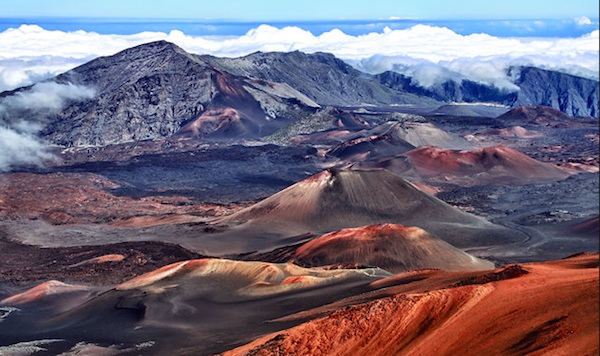 The Haleakala bike climb is coined as “the longest paved climb in the world” and worthy of anyone’s bucket list. I know it was one of mine.
The Haleakala bike climb is coined as “the longest paved climb in the world” and worthy of anyone’s bucket list. I know it was one of mine.
The reality of the climb did not really register until we had a chance to drive the entire road which seemed to go on forever, even in a car.
Haleakala Stats
- Elevation of Haleakala: 3055 metres (10,023 feet)
- Length of Climb: 57km (35.5 miles)
- Average Grade: 5.4%
- Corners: Too many
- Overall Feel Of Grade: Never too steep, just very consistent the entire way
- Haleakala Meaning: House of the Sun
- Duration of Climb: 2.5 hours – 10 hours (Out of 1756 cyclists the average rider took 5 hours)
- Temperature at the Top – Cold
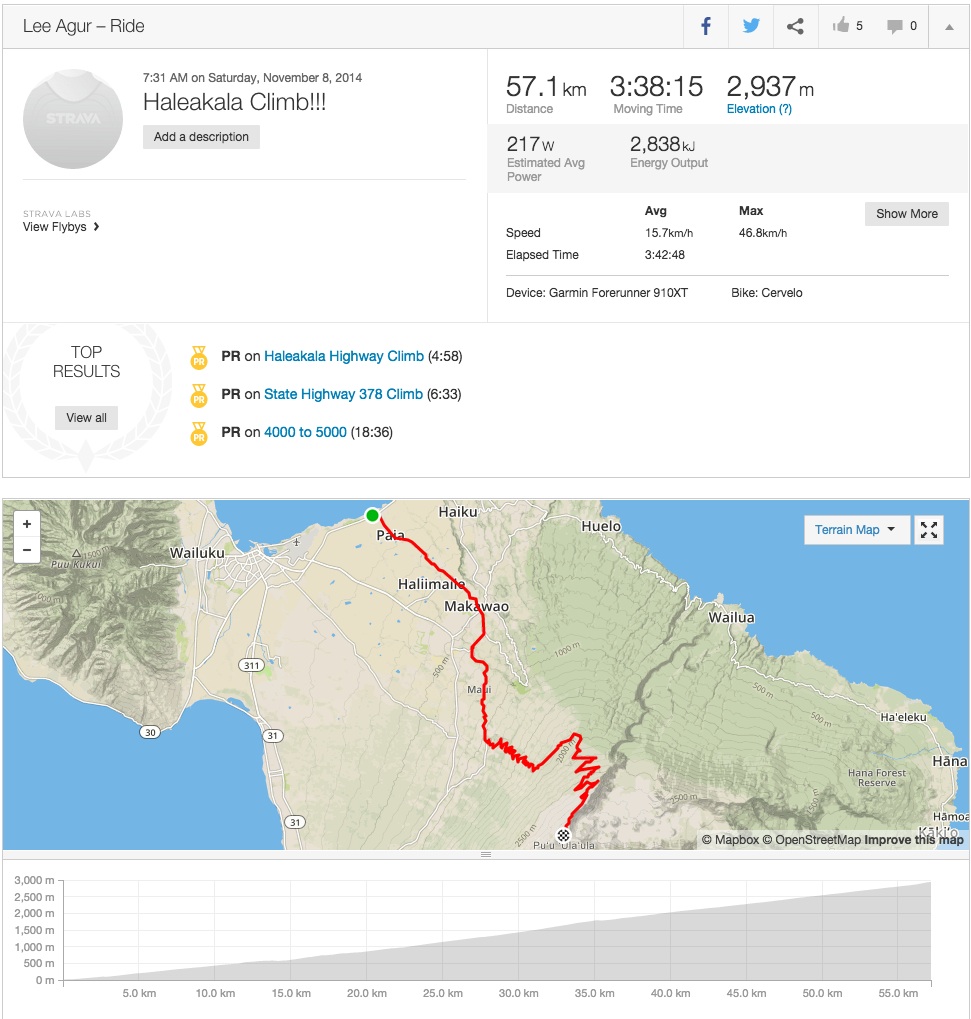
The Climb
So what is climbing Haleakala really like? Well, its a grind, not in the typical sense though, Haleakala is just a nice steady 5-6% climb the entire way, there is no one location that is steep or hard. The culmination of the entire climb is difficult, it is a test of endurance.
The Route
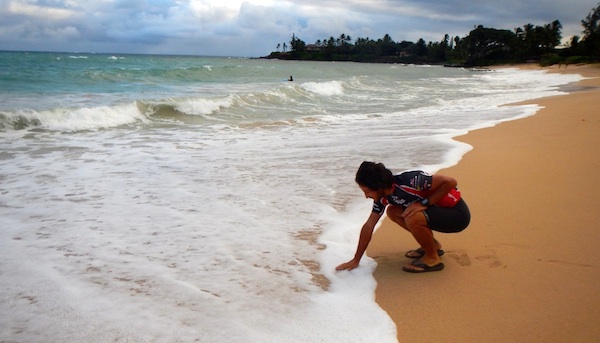
The most common place to begin the climb is in Paia, at sea level. Make sure to touch the ocean before you begin! Start up Baldwin Ave and head to Makawao, there you just keep heading straight through the town and Baldwin Ave turns in to Olinda Road.
The first turn is at 13km (8 miles) take a right onto Hanamo Road, after 2km (1.2 miles) you will join up with State Highway 377 – also known as Haleakala Highway – take a left. (It will be the obvious uphill choice). Follow Haleakala Highway for 8km (4.9 miles) then make sure to read the obvious signage to make the left turn onto Crater Road. Follow Crater Road for 34 km and you are done! Easy right?
Stage 1
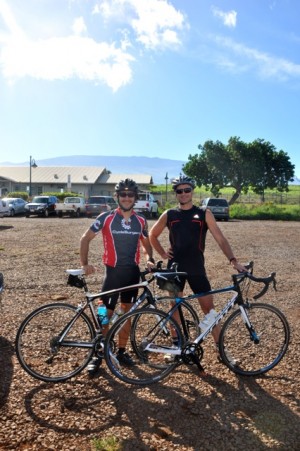
I consider stage 1 the first 23km all the way to Crater Road. If you are attempting Haleakala then stage 1 should feel like a breeze, almost like a warm up to the climb. This is the easiest stage, not only because it is the start, but because it has the lowest average grade at 4.3%.
Stage 2
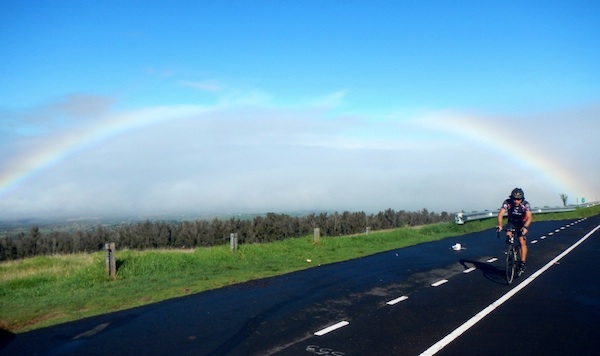
Stage 2 is from the start of Crater Road to the Visitor Centre located at 2130 m (7000 feet) nearly 40km (25 miles) into the ride.
This is where it starts to get real! I ended up pulling chute on my first attempt at the 6000 foot (1828 metre) marker as I wasn’t feeling yoo hot, it didn’t help that I had broken my collar bone a week and a half before, but it was more of a stomach issue.
Stage 2 is the steepest section of the climb averaging 6.3% and you should start to feel the legs tire, combined with the dropping temperature as you climb. Hopefully, you brought an jacket, because it is about to get chilly. The climb starts to morph from a beautiful green tropical paradise to more of a desolate lunar experience.
Stage 3
Stage 3 is from the visitor centre to the top of the House of the Sun.
That 8000 foot marker is where I felt the culmination of tired, cold and food deprived. Another factor was that I really started to notice the thin air. There were sections where I felt like I should have been going 20km/hr and I would look down… 12km/hr! What??? I thought I was in beast mode, decidedly not.
You may start cursing, but before you know it you will be at 9000 feet. Then joy comes because who couldn’t make it another 1000 vertical feet? Before you know what happens you are at looking at the sign “Elev. 10,000 feet” then it is right into the parking lot, where you will notice a side walk up to the true summit.
“Excuse me, sorry,” as you pass the pedestrians to the top who are all staring in bewilderment and treating you like an absolute rockstar. You made it, now hoist that bike over your head and take a picture at the top.
Take a while at the top, enjoy the scenery, get some food, then grab your gloves and any warm gear you hopefully brought with you and start the long epic bike ride down Haleakala.
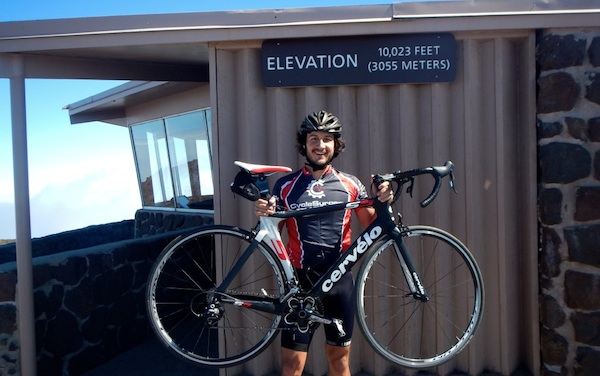
Mistakes to Avoid While Climbing Haleakala
Temperature at the Top of Haleakala
The temperature drops 3 degrees for every 1000 feet of elevation gain, meaning that it will generally drop 30 degrees Fahrenheit from the bottom to the top. The average temperature at the bottom of Haleakala is between 78 – 85 degrees Fahrenheit (25 – 30 degrees Celsius). The average temperature at the top of Haleakala is a bit unpredictable and can range from anywhere below freezing to as high as 60°F (15°C)
So what does this mean for a cyclist? Be prepared for cold weather! How much fun would it be to get to 8000-9000 feet and have to turn around because you are freezing! (Think about the descent)
Endurance and Patience
It’s a long freaking climb. There are no truly steep parts, but it is a relentless steady climb. There are almost no flats or downhills at all. Think of the first stage as a warm up, take your time, it is not a race and remember that there is some really thin air up there to add an extra little challenge. First time focus on completion, and if you are lucky enough (crazy enough) to do it again, then focus on time.
Most of all have fun and an epic journey. It will not be one to forget!